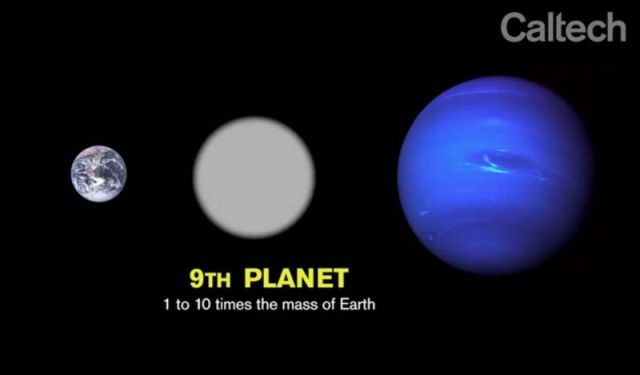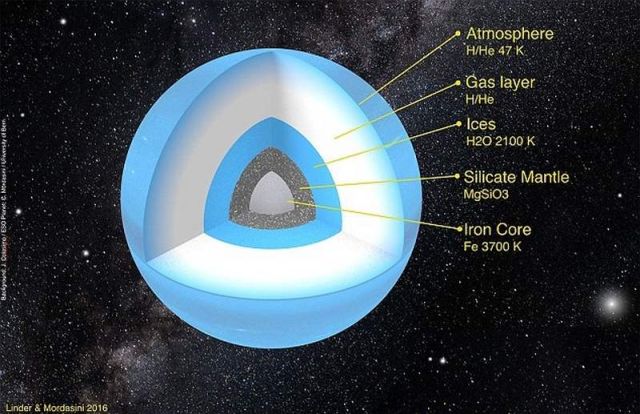Planet 9 is four times bigger than Earth, with temperatures that dip to -226 degrees, has a 20,000-year orbit around the sun.
Planet 9 is the biggest astronomical discovery of our time, and the process of calculating its existence is revealed with astronomer Konstantin Batygin.
The new planet that have discovered at the edge of the our solar system in January, would have iron core covered by silicate mantle, and outside of this may be water-ice layer.
Most of life on Earth is mysteriously wiped out every 26 to 27 million years, confirmed by fossil evidence.
According to a theory, the mysterious frozen world, sometimes when at its closest to us, it knocks asteroids and comets towards Earth.
When speculation of a large body of mass with an usual orbital alignment was detected, astronomers took to computer simulations, mathematical equations and a call to the public to discover the small gassous giant on the fringes of our solar system. Batygin breaks down this hypothesized planet that is estimated to be between 1 to 10 times the mass of the Earth, along with the Kuiper Belt, the discovery of Neptune, and why Dr. Mike Brown deemed Pluto no longer a planet in this episode of Antidote hosted by Michael Parker.
Caltech’s Konstantin Batygin, an assistant professor of planetary science, and Mike Brown, the Richard and Barbara Rosenberg Professor of Planetary Astronomy, discuss new research that provides evidence of a giant planet tracing a bizarre, highly elongated orbit in the outer solar system. Read the Caltech News Story: http://www.caltech.edu/news/caltech-r…
Planet Nine is a hypothetical large planet in the far outer Solar System, whose presence would explain the unusual orbital configuration of a group of trans-Neptunian objects (TNOs) that orbit mostly beyond the Kuiper belt.
The hypothesis first took form in a 2014 letter to the journal Nature by astronomers Chad Trujillo and Scott S. Sheppard, who had inferred the possible existence of a massive planet from similarities in the orbits of the distant trans-Neptunian objects Sedna and 2012 VP113. On 20 January 2016, researchers Konstantin Batygin and Michael E. Brown at Caltech argued that a massive outer planet would be the likeliest explanation for the similarities in orbits of six distant objects. The predicted planet would be a super-Earth, with an estimated mass of about 10 times that of Earth (approximately 5,000 times the mass of Pluto), a diameter two to four times that of Earth, and a highly elliptical orbit that is so far away that it could take around 15,000 years to orbit the Sun.
Images credit Caltech







Leave A Comment